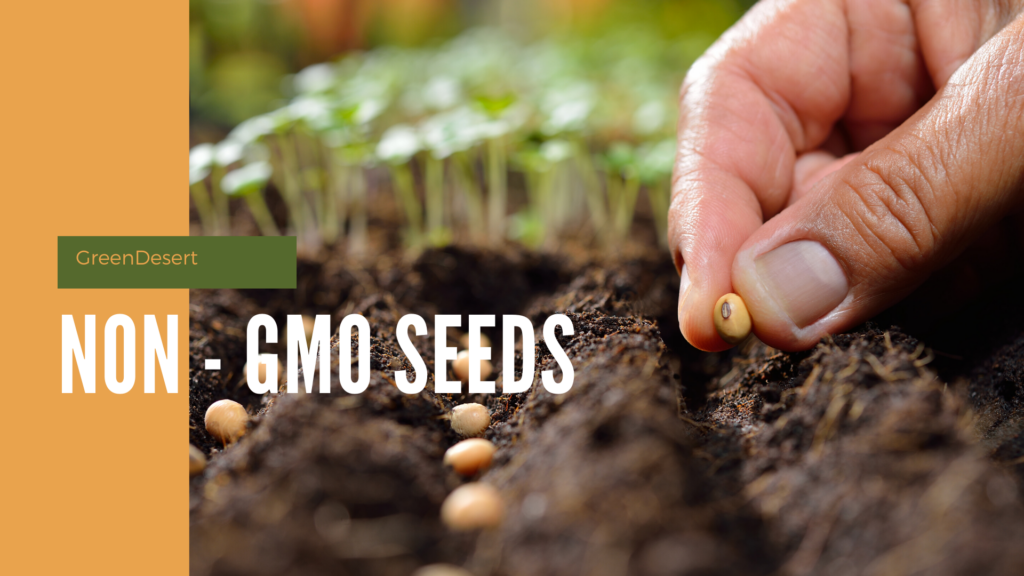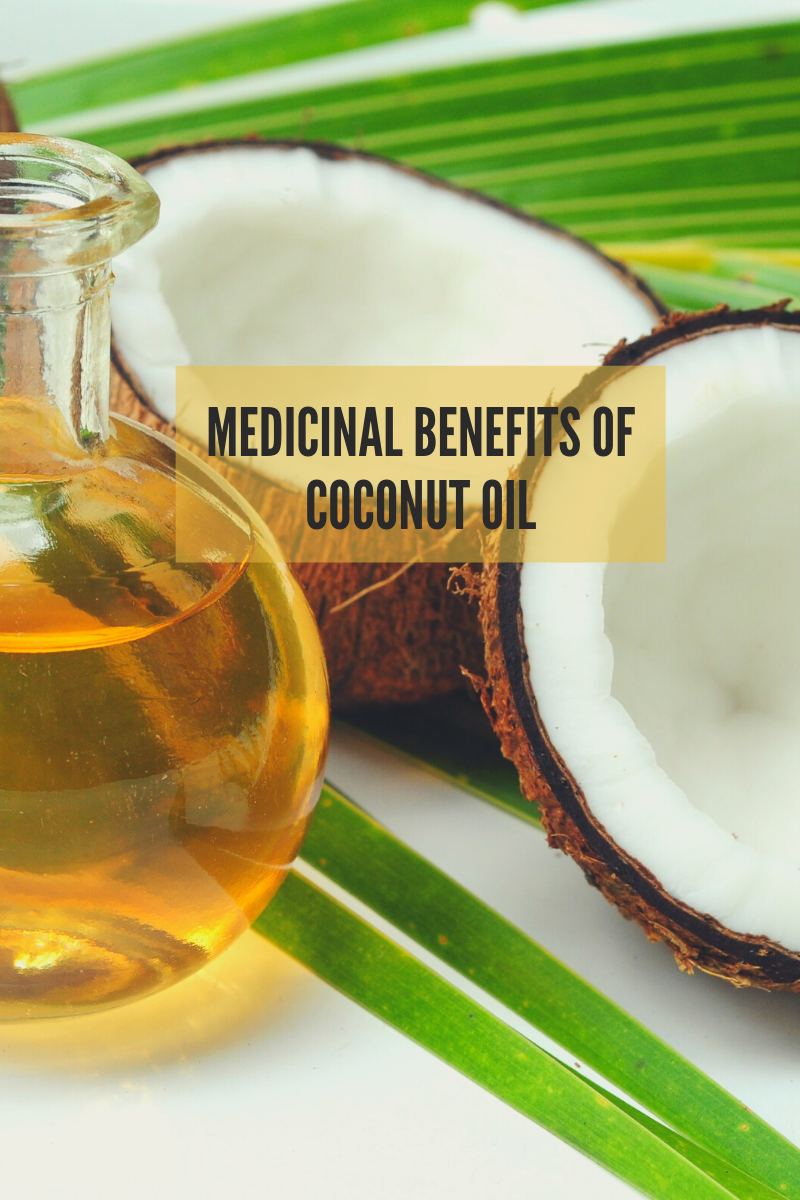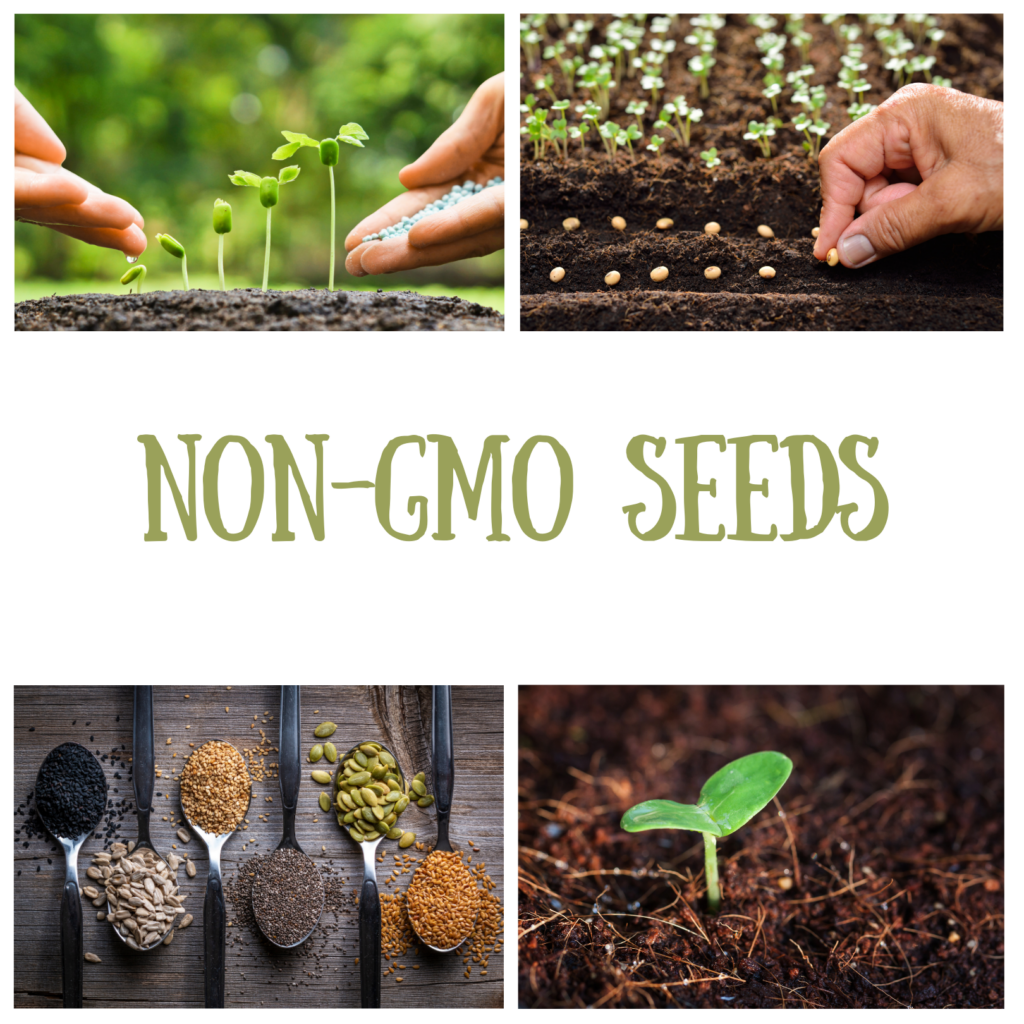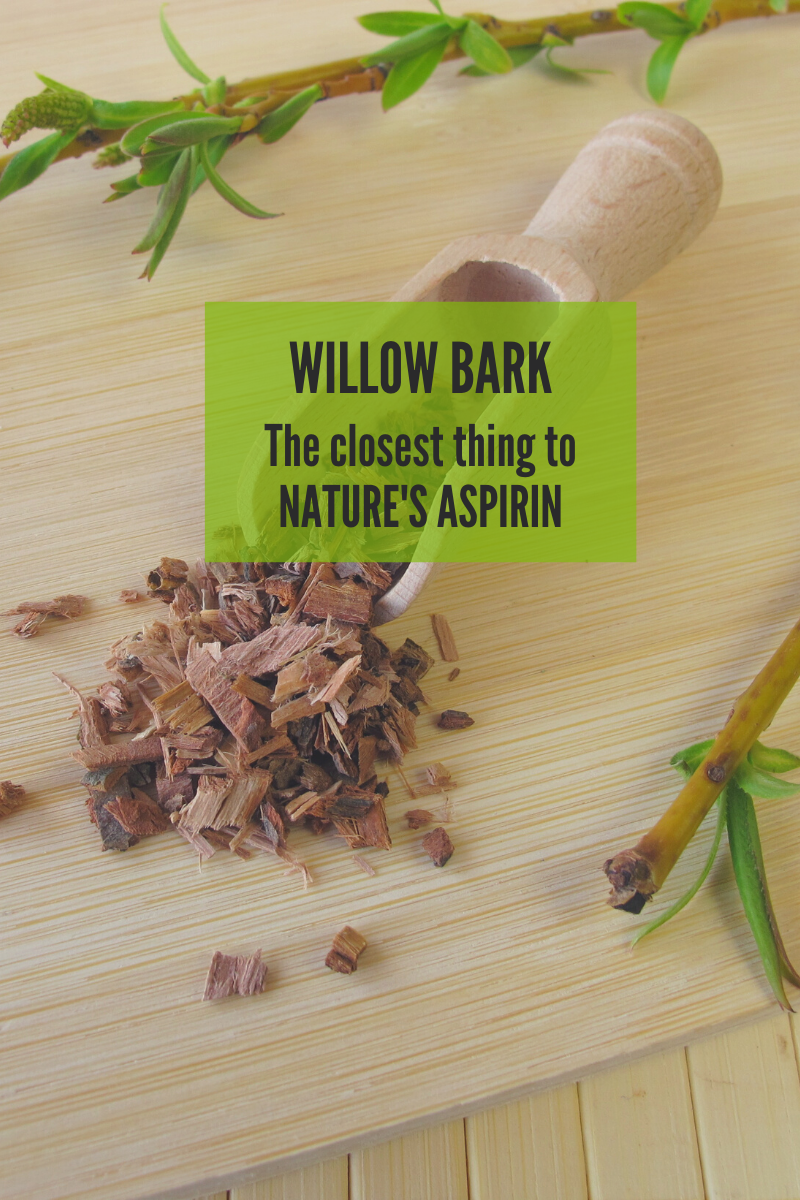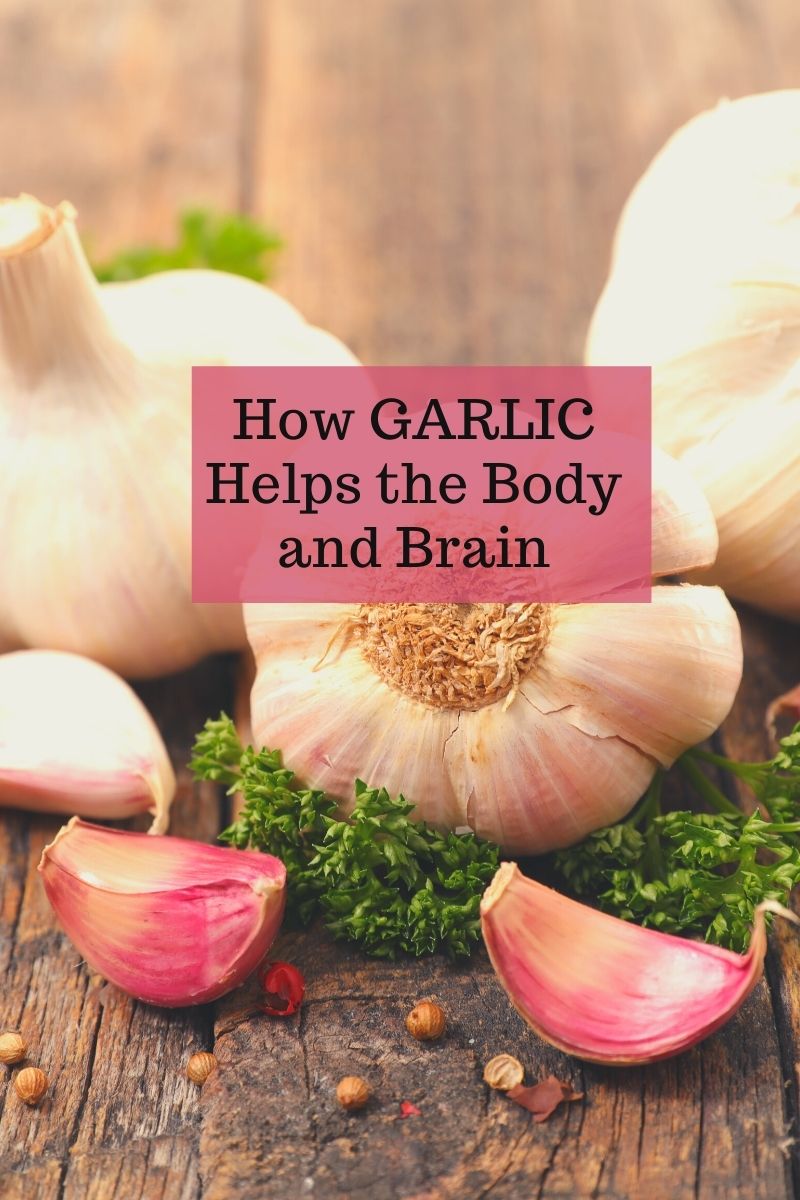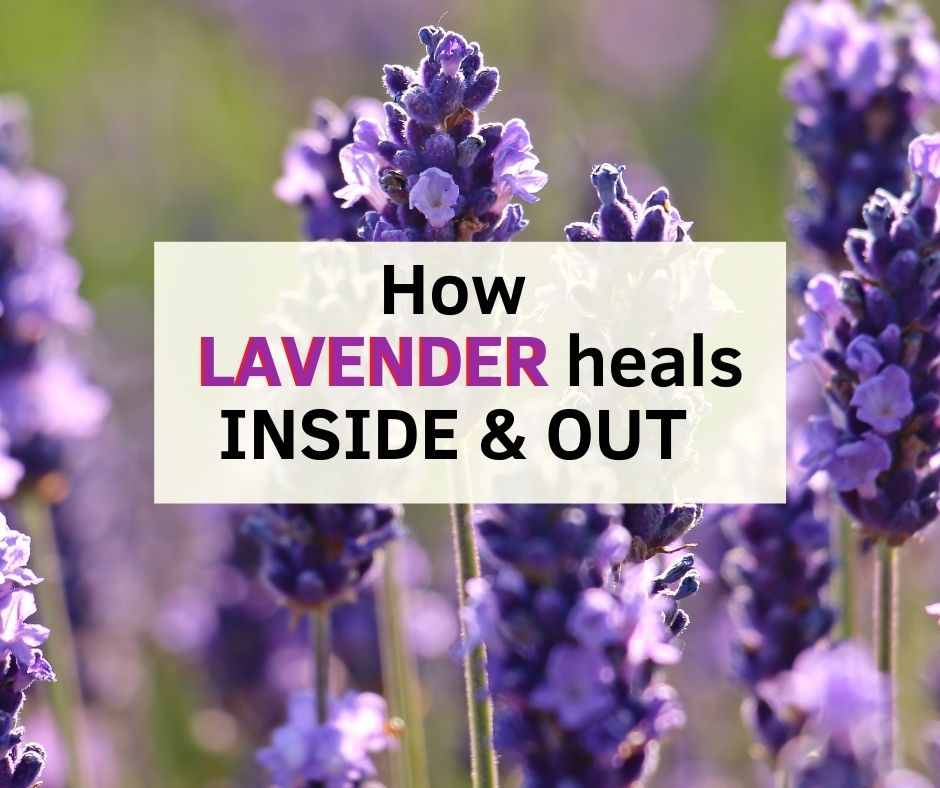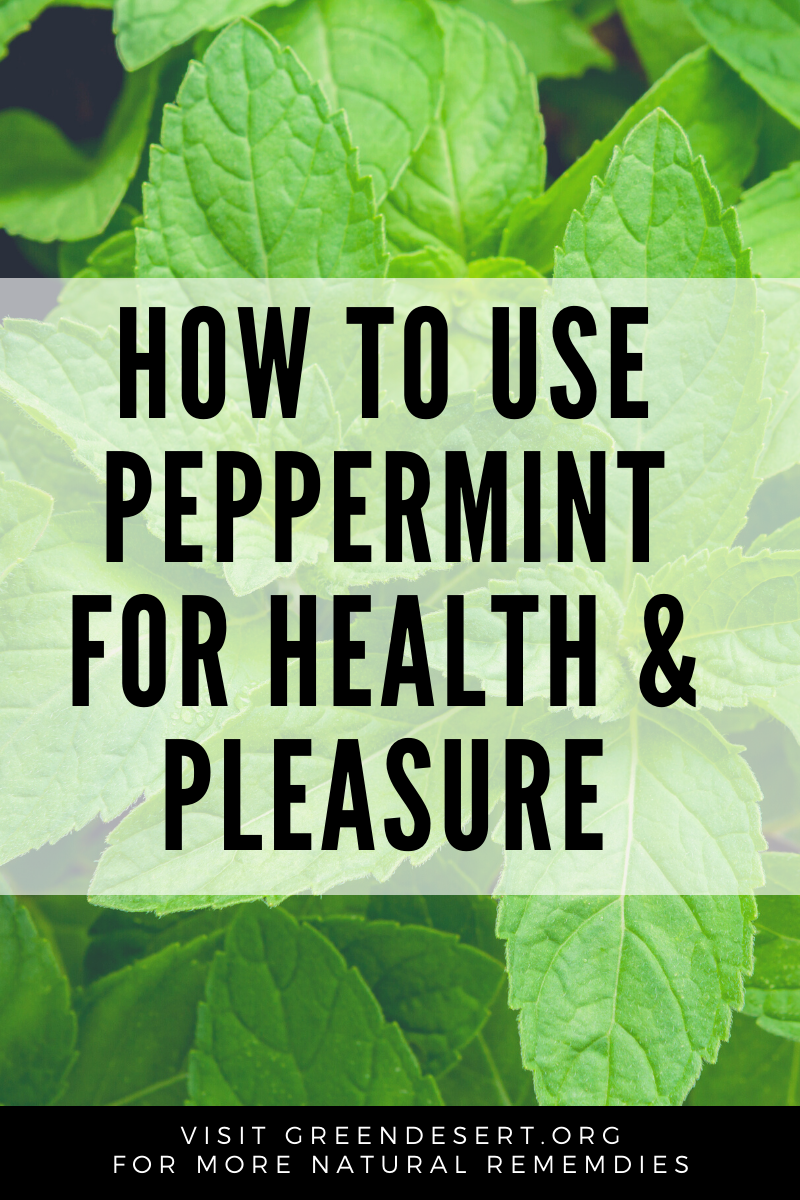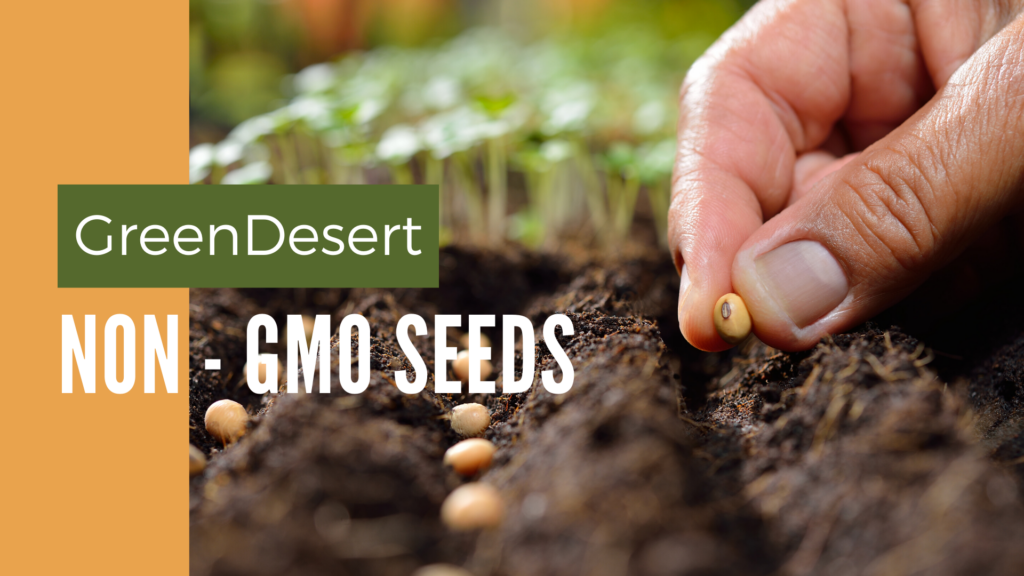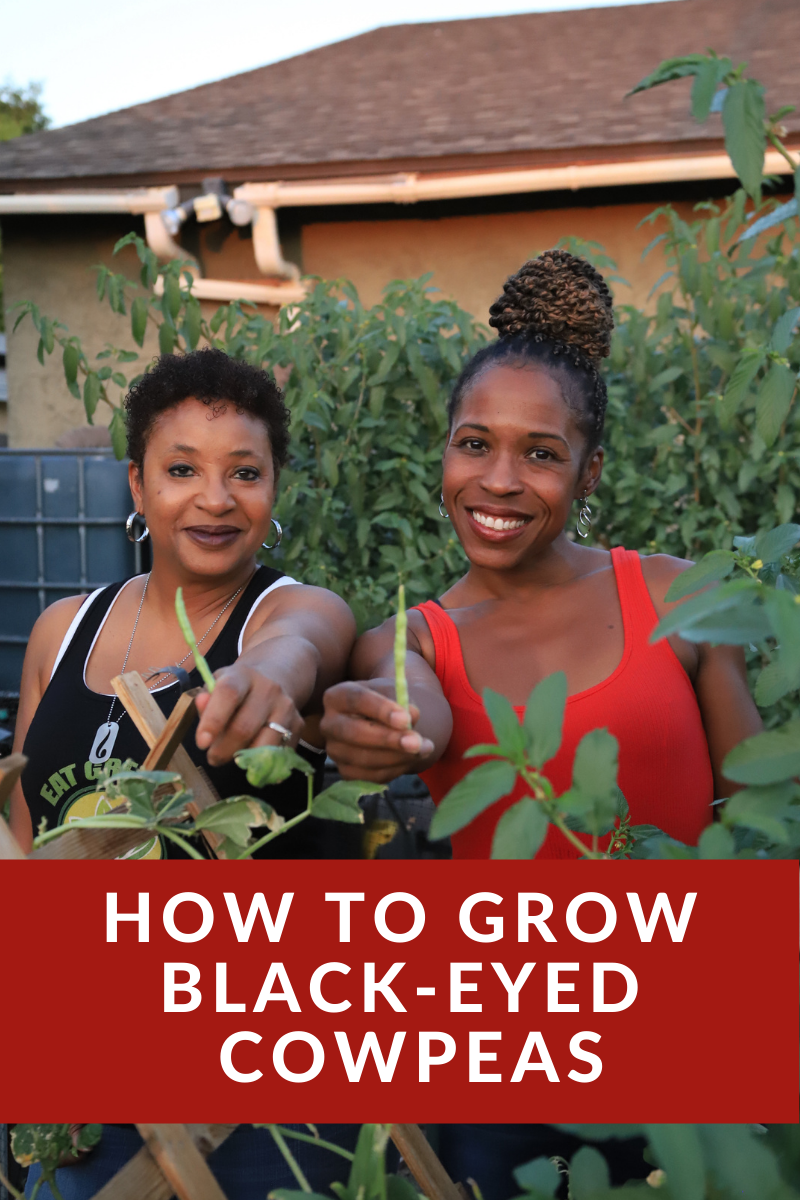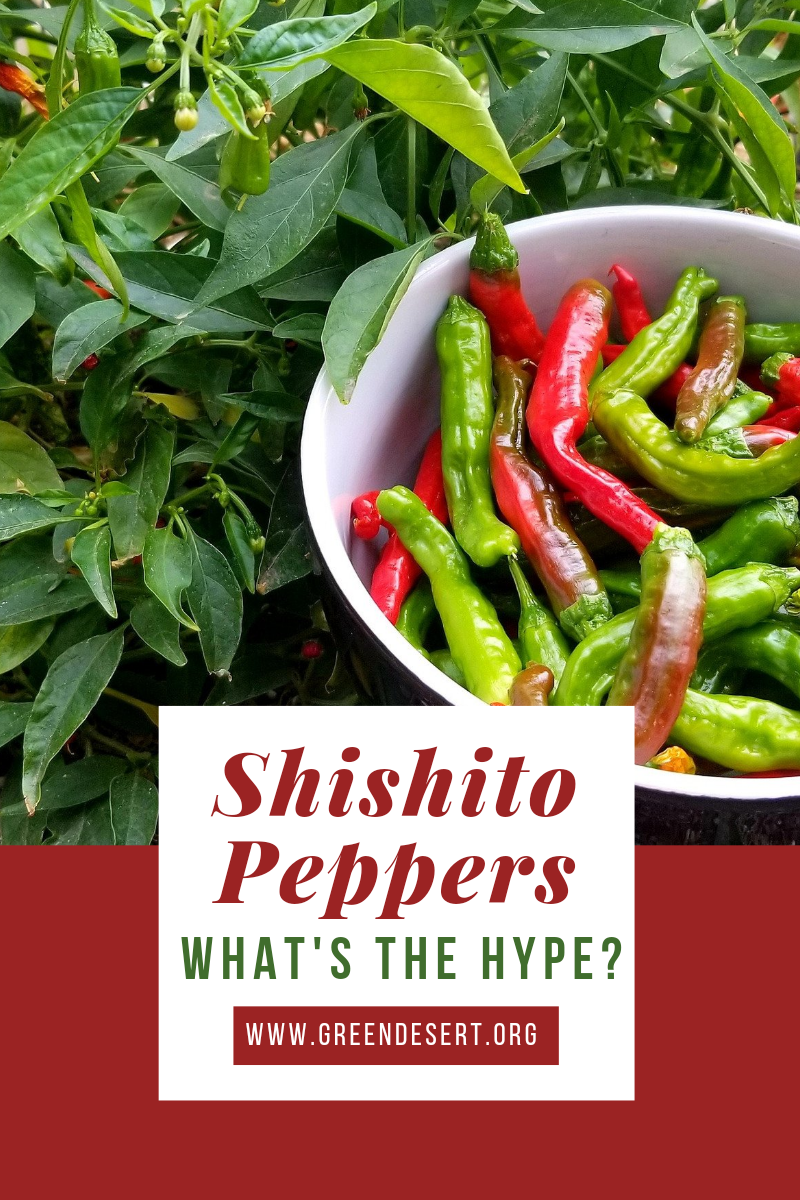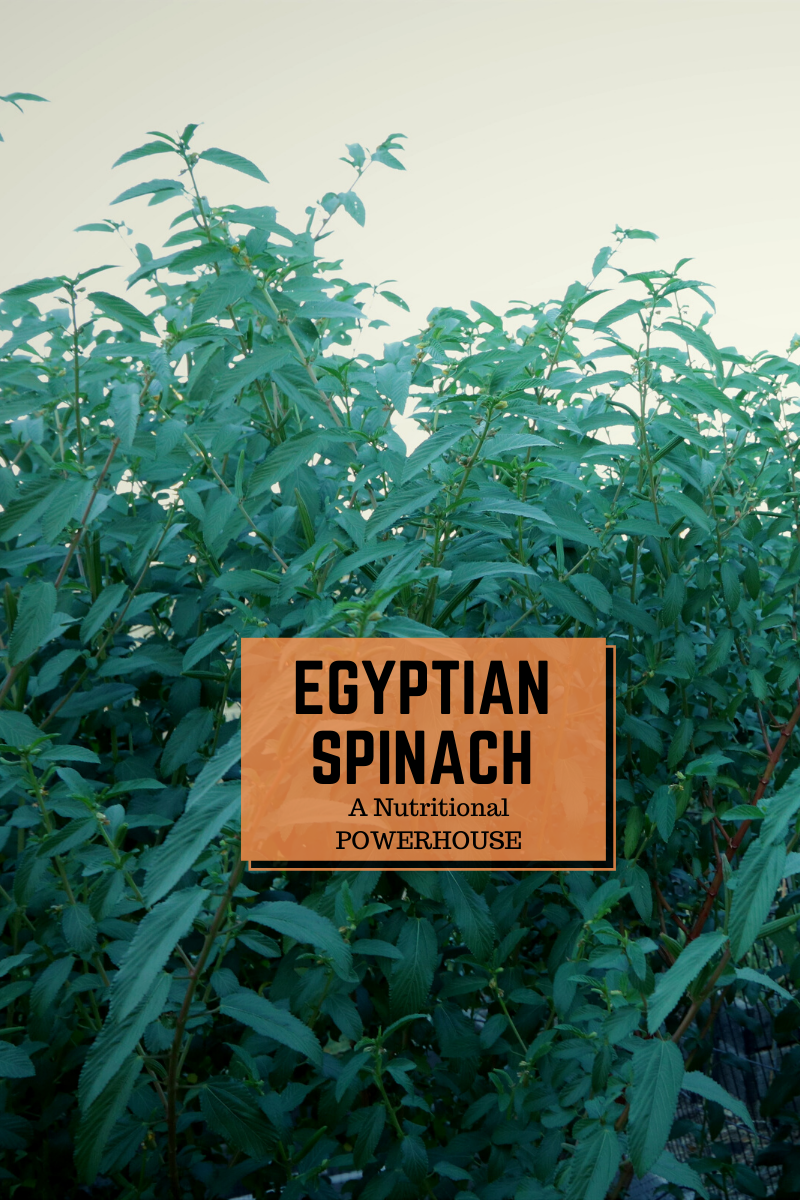Chamomile
It’s known in my household as sleepy tea because of chamomile’s calming effect.
But it’s so much more than that.
Chamomile is one of the most commonly used herbs in tea, and that isn’t simply for its great flavor. It has a multitude of health benefits that will make you want to add a cup to your daily routine!
Chamomile has a high antioxidant content as well as many calming properties. It has long been used to treat anxiety and nervousness because of its ability to soothe the nervous system. That of course can also help reduce stress. The calming properties make it a wonderful sleep aid too.. Again it’s why we call it sleepy tea.. A cup of chamomile tea is often useful when you want to get to sleep, and stay asleep.
Stomach aches are another thing that chamomile can relieve. It is well known for its ability to aid digestion and overall gastrointestinal discomfort. That makes chamomile a great natural remedy for stomach pain, indigestion and diarrhea.
The antioxidants in chamomile make it a very versatile healer, too. Internally, chamomile has been shown to reduce blood sugar and bad cholesterol. This means that it can help keep the heart healthy and be a preventative to high blood pressure and heart disease, as well as a treatment aid to certain diabetes conditions. Externally, chamomile can be found in many skin products as it can reduce the effects of eczema, and overall improve the glow and complexion of your skin.
With all the benefits of chamomile, it’s a great thing to have around, so the fact that it is quite easy to grow makes it even better. Chamomile does well in full sun, although it prefers the weather stay below 100 degrees. So growing in the early spring in Arizona will be best for the plant.
To plant from seeds, you simply scatter the seeds and softly press them into the soil. Don’t cover them with soil because they need light to germinate. Water them immediately and continue to water the seeds consistently for one to two weeks while they germinate. Once the plant starts to grow, not much watering is needed. Then when it’s time to harvest, you can dry the flowers out in a jar and you have a healthy, natural homemade herbal remedy.
We actually take our flowers fresh from the plant and add them to our tea.
Even if you’re not a grower, chamomile is widely available. You can find it in skin care products, capsule form or, most commonly, as a tea. So consider a cup of chamomile as a healthy addition to your routine. Oh and a little bonus – refrigerate those tea bags after use, and they might be able to get rid of those dark circles under your eyes too!
We have an entire page of natural remedies. If you have natural remedies you choose, please share them — it takes a community!


